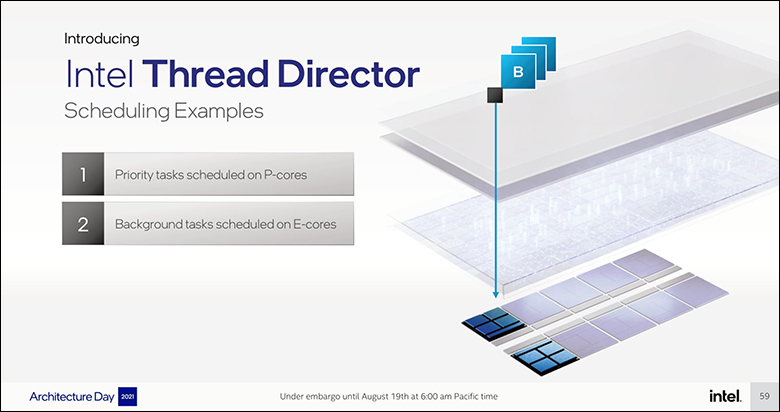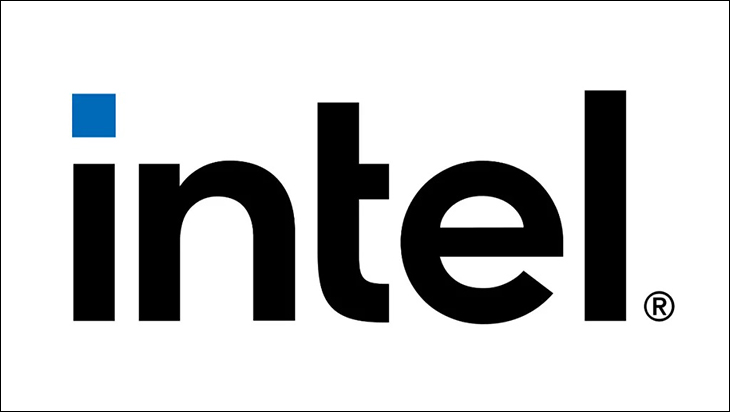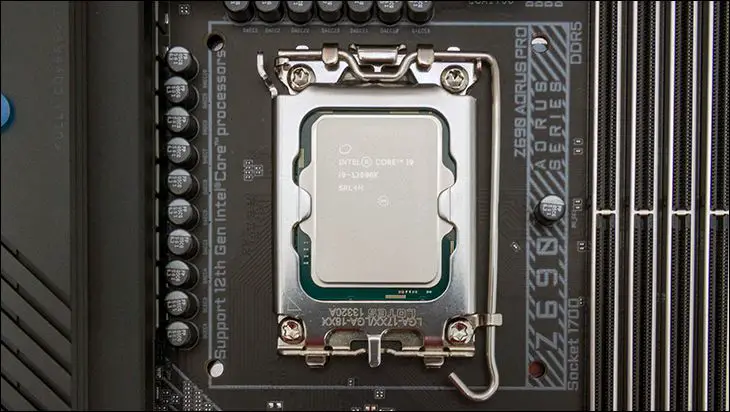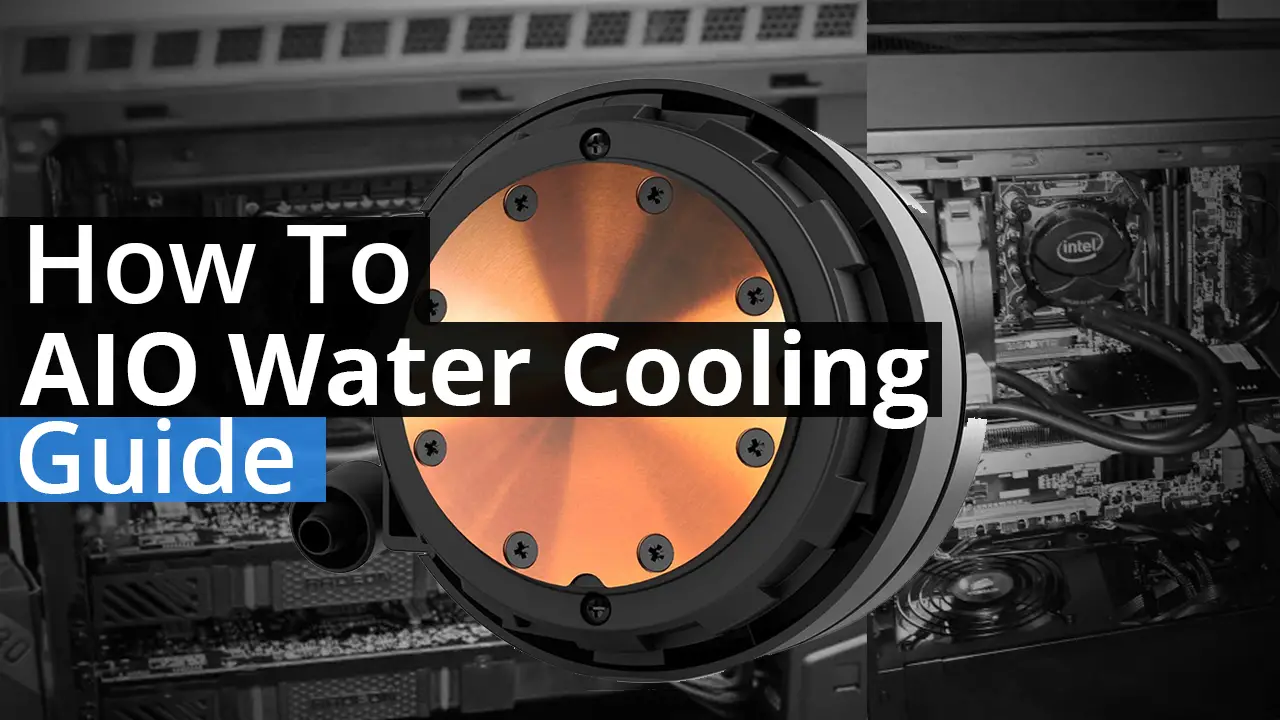Let us start this section with our usual caveat. We personally are not the intended target for ‘consumer’ orientated CPUs. Our typical usage patterns / scenarios not only can, but typically do, max out workstation / HEDT / etc. processors. Yes, we routinely use applications that can make full use as many cores as a manufacture can carve into a piece of silicon. So yes. We like more cores. We like lots and lot of cores that are as fast as we can get. We look at 16 core models like Ryzen 9 and go “that’s cute”. We look at 8 and 10 blazingly fast Intel’s and go ‘not my cup of tea’. This internal bias is shared by a lot of enthusiasts, and it is our opinion that is the root cause of a lot of misunderstandings being shared online. While we have done our best to keep it from coloring our analysis… please keep it in mind.
While we like more cores a lot, it is our firm opinion that the average home user should not care too much about it. They are not “power users” routinely running super CPU intensive programs. They do not need “HEDT-lite” style processors. The fact of the matter is, even in 2021, the number of ‘home consumer’ orientated applications that are optimally multi-threaded enabled is still limited. It is getting better, and in the coming years this equation will drift further and further into AMD’s “core count over core frequency” centric territory (assuming Intel is unable to keep up in the (p-)core count war); however, right now the state of the home application industry is terrible from a thread optimization standpoint.
Furthermore, those buyers who do use optimized applications enough to justify picking their processor based on time saved… is only moderate in size. Of that niche most have already moved on to ‘workstation’ or ‘prosumer’ CPU based systems like AMD’s ThreadRipper – as using even more cores means more time saved / more money earned… if they can afford them. Those that have not moved past ‘mainstream’ CPUs understand they are compromising performance for price when they opt for any of the existing CPUs from either Intel or AMD.

At the time of this review, AMD’s existing architecture still lends itself better to these ‘prosumer’ buyers better than Intel. This has not changed since our Intel 11th generation analysis and AMD states their philosophy is not going to change in the near-term future. Time will tell if they bow to market pressures or not. We believe they will take a wait and see approach before making their final decision.
Intel on the other hand has evolved their approach to the mainstream market CPU architecture. Make no mistake, they are still focused on catering to “individual thread performance matters most” type buyers, but they have recognized the fact that modern Operating Systems routinely spin up dozens of low priority threads… even when the OS is ‘idle’. These low priority threads are overkill for a full-blown core. Think using a Formula 1 racing car to go to the corner store to get a quart of milk. The same is true of many day-to-day tasks the average PC user does. For instance, streaming audio; recording audio; watching YouPor… err… YouTube; editing a document in Word; surfing the Internet; reading emails. All of these scenarios do not merit a ‘full’ core’s attention. Even idling at their lower frequencies, they are still overkill. Even after doubling these threads up via Hyper/Multi-Threading the core’s performance potential is still being wasted on dealing with them.
That is the crux of the problem Intel set out to solve with their 12th generation; and is the secret to understanding why Intel has gone for this Hybrid approach. It even neatly explains why a Core-i9 comes with twice the number of e-cores as the Core-i5… as enthusiasts do more with their systems but a lot of what they do is not as resource intensive as they think.

Does Intel’s hybrid approach make sense? Mostly yes, but also (somewhat) no. Their e-core idea works wonderfully for many day-to-day tasks. So much so your system will be dead silent, seemingly sip power, and generally speaking be incredibly responsive. However, when dealing with a limited total number of cores available, AMD’s approach also has merit. Their massive number of ‘performance’ cores ensures that there is no possibility of a ‘hiccup’ with an Atom-style core being tasked to handle a highly demanding thread… as there are no ‘e-cores’ to worry about.
Furthermore, Intel is relying on a highly sophisticated ‘man in the middle’ hardware level scheduler to make the right decision. It probably will make the right decision the vast majority of the time (when paired with Windows 11). It however, can not get it right every time. It cannot get it right because it does not have as many p-cores to work with as similarly priced AMD processor(s). Once the system is stressed with more than (6 or) 8 high demand threads… performance will fall off faster than on AMD systems. That is just the reality of Hybrid CPUs. Thankfully, few mainstream buyers will routinely encounter such scenarios. If they do… they should be running HEDT style processors. Thus, neither approach to satisfying mainstream buyers needs is ‘right’… nor is company’s viewpoint ‘wrong’. Both simply prioritize different things as being the most important part of CPU design.

This brings us to direct comparison of specific Intel vs AMD models. First, we need to begin by stating that Intel’s offerings are DDR4 and DDR5 compatible (actually DDR4, DDR4LP, DDR5 and DDR5LP compatible but that is nit-picking). More importantly, motherboard manufacturers are offering on Day 1 DDR4 motherboards. Thus, we are ignoring the cost of DDR5 in our analysis. Since PCIe 5.0 components do not yet exist… we are also ignoring it and not factoring it into the equation. Lastly, a new motherboard for this generation (Intel) vs. a new motherboard for the next generation (AMD) is a bit of a wash and it too has not been factored in. You may feel differently on any, or all, of these modifiers we are purposefully ignoring… so ‘Your Mileage May Vary’ is in full effect.
Let’s start with the Intel Core i9-12900K. This is an 8e+8p processor with an MSRP of $589. Assuming there is no price gouging (or at least no more than what is happening to all existing CPUs) that places it between AMD’s 12-core Ryzen 7 5900X ($549 MSRP) and their 16-core Ryzen 9 5950X ($799 MSRP). Thanks to noticeable IPC improvement(s) this is an excellent place for Intel’s Core-i9 to be.
Simply put, the extra threads the Core i9 has on tap compared to the Ryzen 7 5900X will come in handy for the average buyer interested in high(ish) performance mainstream CPUs. This goes double for PC Gaming enthusiasts where the IPC gains combined with massive PL2 settings make it the processor series to purchase. Conversely, while it cannot perform to the same levels as the 5950X when comparing both in fully loaded, resource intensive scenarios… those scenarios should not be routine. Only you can know what your typical CPU requirements are, but for the most part being neither the cheapest nor most expensive ‘enthusiast’ mainstream CPU is the perfect place for the Core i9 to thrive.
Turning our attention to the Core i5 at $264 and… it’s a bargain. It really is edging into ‘no-brainer’ territory. With it Intel will once again start to dominate the middle of the mainstream marketplace. We say this as AMD’s alternative is not only more expensive but also is ‘only’ a six-core processor. Thus, the comparison is six ‘performance’ cores that can do more per clock with a bonus of 4 e-cores… versus six performance cores only. The only saving grace for the Ryzen 5 5600X and its $299 MSRP is Intel 12th Generation’s reliance on a thread director. A hardware level thread scheduler that requires a software level scheduler to not only be aware of the others existence but allow it to change threads from e to p cores ‘on the fly’. Yes… AMD need to thank Microsoft. Finally, they have done AMD a solid by only optimizing Windows 11 scheduler for this hybrid approach to cores. If Windows 11 controversy does not concern you, or you are running Linux kernel that is ADL-S/ADL-P/ADL-M aware (5.14 or later), then the choice is crystal clear: Intel is the optimal choice.












